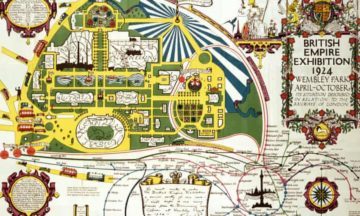Fara Dabhoiwala in The Guardian:
 In the endless catalogue of British imperial atrocities, the unprovoked invasion of Tibet in 1903 was a minor but fairly typical episode. Tibetans, explained the expedition’s cultural expert, were savages, “more like hideous gnomes than human beings”. Thousands of them were massacred defending their homeland, “knocked over like skittles” by the invaders’ state-of-the-art machine guns. “I got so sick of the slaughter that I ceased fire,” wrote a British lieutenant, “though the General’s order was to make as big a bag as possible.” As big a bag as possible – killing inferior people was a kind of blood sport.
In the endless catalogue of British imperial atrocities, the unprovoked invasion of Tibet in 1903 was a minor but fairly typical episode. Tibetans, explained the expedition’s cultural expert, were savages, “more like hideous gnomes than human beings”. Thousands of them were massacred defending their homeland, “knocked over like skittles” by the invaders’ state-of-the-art machine guns. “I got so sick of the slaughter that I ceased fire,” wrote a British lieutenant, “though the General’s order was to make as big a bag as possible.” As big a bag as possible – killing inferior people was a kind of blood sport.
And then the looting started. More than 400 mule-loads of precious manuscripts, jewels, religious treasures and artworks were plundered from Tibetan monasteries to enrich the British Museum and the Bodleian Library. Countless others were stolen by marauding troops. Sitting at home watching the BBC antiques show Flog It one quiet afternoon in the early 21st century, Sathnam Sanghera saw the delighted descendant of one of those soldiers make another killing – £140,000 for selling off the artefacts his grandfather had “come across” in the Himalayas.
More here.
